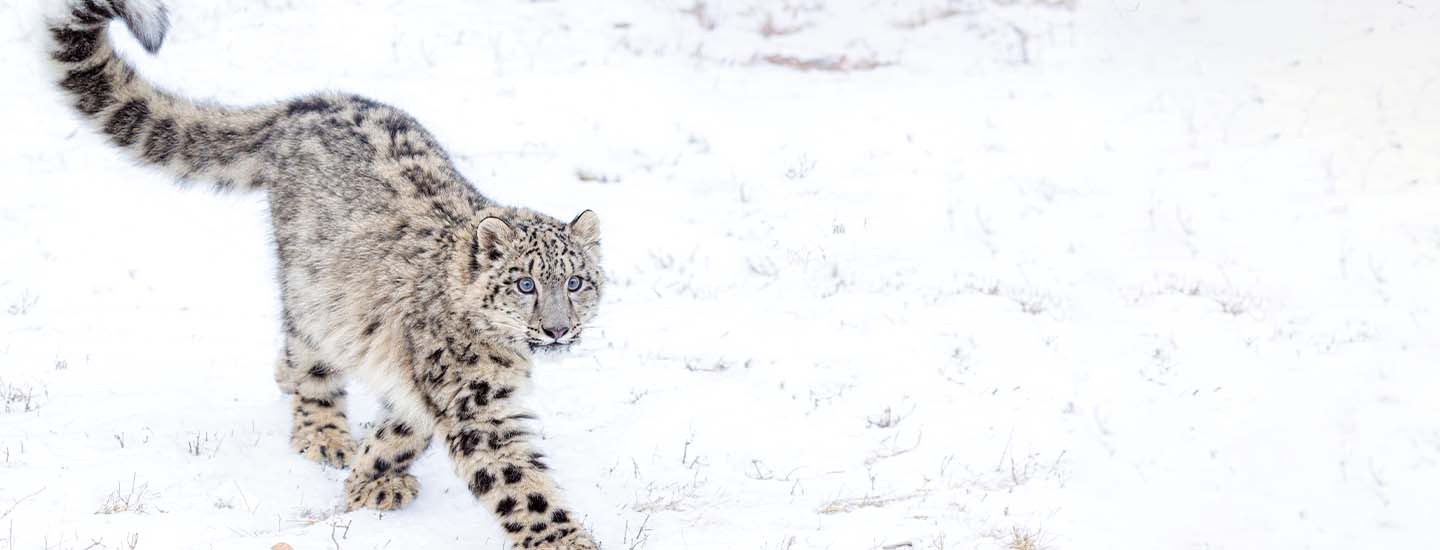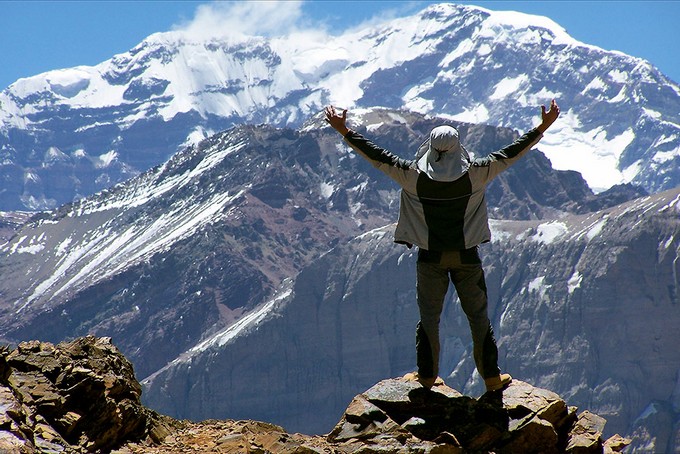Snow leopards, often referred to as the ‘ghosts of the mountains’, are elusive creatures that inhabit the high-altitude mountainous regions of Central Asia, including the Himalayas. They are found in 12 countries, with China being home to approximately 60% of the world’s snow leopard population.

Snow leopards are well-adapted to their harsh, cold, and dry environment. They prefer the broken terrain of cliffs, rocky outcrops, and ravines, which provide good cover and clear views to help them find and sneak up on prey. They are most active at dawn and dusk, a pattern known as “crepuscular activity”.
Their diet primarily consists of Himalayan blue sheep (also called bharal), but they also eat Siberian ibex, markhor, Himalayan tahr, argali, deer, horse, and camel. When large prey is scarce, they will consume smaller animals such as voles, marmots, and pika.
Snow leopards are solitary creatures, with males and females typically coming together only during the mating season. They communicate by leaving markings on the landscape, such as scraping the ground with their hind legs and spraying urine against rocks.

Despite their elusive nature, it is possible to venture into the wild to observe these magnificent creatures. Commercial companies run tours to locations such as Ladakh, with expert guides and trackers, claiming sighting success rates of up to 50%. The best time to track snow leopards in the wild is from November to March.
However, snow leopards face numerous threats, including habitat loss and degradation due to climate change and human encroachment, retaliatory killings resulting from human-wildlife conflict, reduced prey, and poaching. Conservation efforts are underway to protect these animals and their habitats, with organizations like the World Wildlife Fund (WWF) and the Snow Leopard Trust working on various initiatives, including reducing human-wildlife conflict, increasing anti-poaching efforts, and protecting the fragile snow leopard habitat.

It’s important to note that while snow leopards are not aggressive towards humans, any venture into their habitat should be done responsibly, with respect for the animals and their environment, and ideally under the guidance of experienced professionals.








